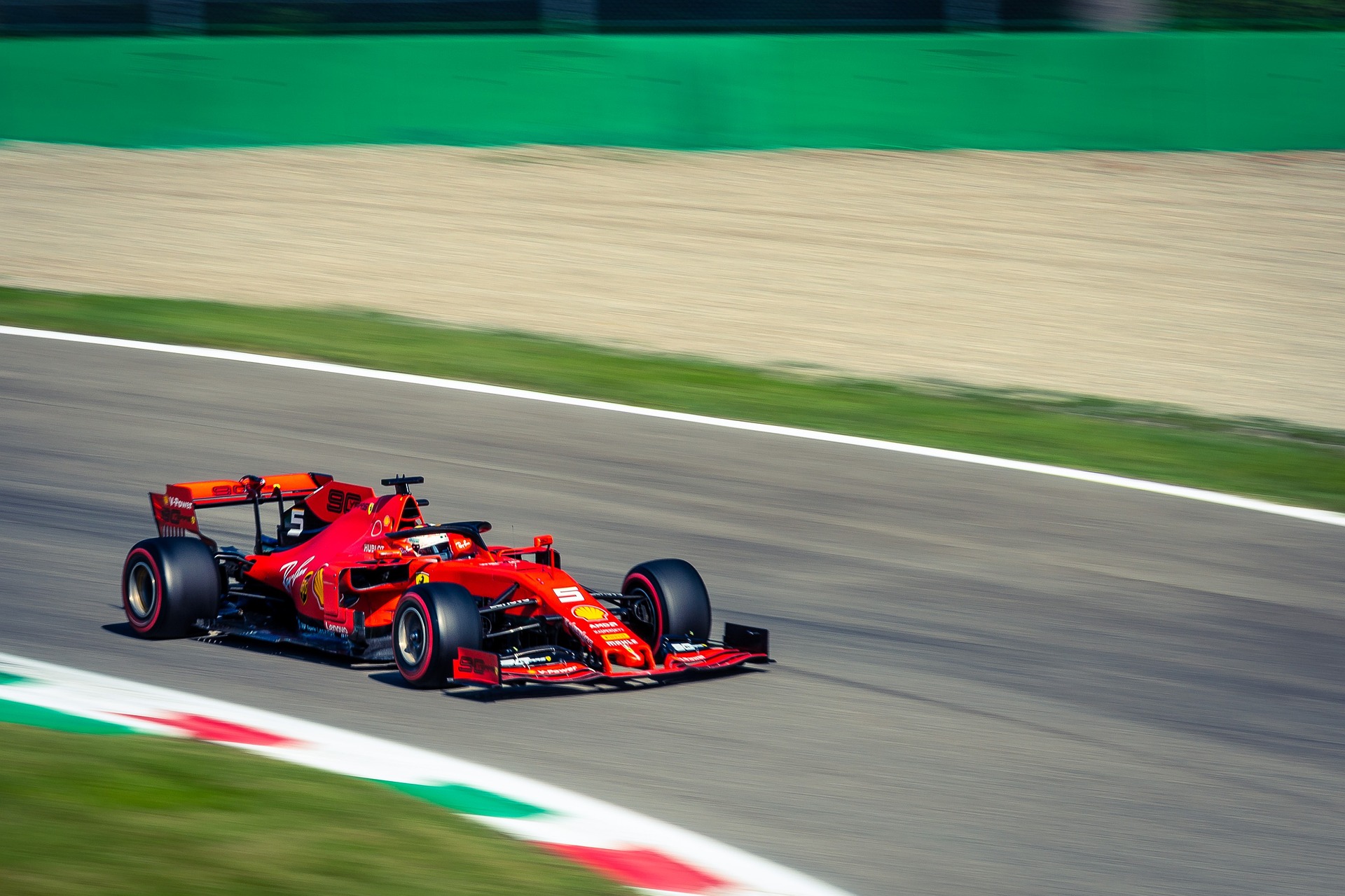Heralding the Renaissance of Mechanical Superchargers
In the realm of automotive performance, the resurgence of mechanical superchargers is an intriguing development that warrants a closer look. These devices, which force more air into the engine's combustion chamber for a more potent explosion, have seen a revival in popularity, despite the advent of more modern technologies. Let's explore this renaissance of mechanical superchargers, delving into its history, technological advancements, and the impact on today's automotive landscape.

A Trip Down Memory Lane: The Evolution of Superchargers
Mechanical superchargers have a rich historical context, tracing back to the early 1900s when they were used to augment aircraft engine performance. They made their entry into the automotive world in the 1920s, becoming a popular modification for race cars and hot rods. Despite their early popularity, superchargers were gradually overshadowed by turbochargers and other advancements due to their perceived inefficiency and complexity. However, the recent resurgence of these devices has seen them being incorporated into modern car designs, marking a significant shift in the industry.
The Rebirth: Modern Superchargers and Industry Trends
Today’s superchargers are far removed from their early counterparts. Technological advancements have significantly enhanced their efficiency, making them a viable option for enhancing engine power. Modern superchargers are compact, lightweight, and can be matched with smaller engines to provide the power of larger ones, without the associated fuel consumption and emissions. This shift aligns with current industry trends that emphasize sustainability and efficiency, yet without compromising performance.
The Impact: Benefits and Challenges
The revival of mechanical superchargers brings several benefits. First, they provide an immediate boost of power, with no “turbo lag” associated with turbochargers. Second, they are relatively simple to install and maintain, making them an attractive option for car enthusiasts. Lastly, they offer improved fuel efficiency when compared to larger, naturally aspirated engines producing similar power.
However, despite these benefits, the reintroduction of superchargers is not without challenges. Their efficiency depends heavily on engine speed, which can result in inconsistent performance. They also consume a considerable amount of engine power to operate, which could negatively impact fuel economy.
Expert Perspectives and Practical Applications
Industry experts believe the resurgence of mechanical superchargers is a manifestation of car manufacturers’ attempt to strike a balance between performance and emission standards. The integration of superchargers in smaller engines allows for an output that rivals larger ones, while adhering to stringent emission regulations. This approach is seen in several high-performance vehicles today, including the Mercedes AMG models and the Jaguar F-Type.
In conclusion, the resurgence of mechanical superchargers in the automotive industry is a fascinating development. While the technology may be almost a century old, its modern iterations promise to deliver more power, better performance, and improved efficiency. As we continue to explore ways to balance power demands with environmental responsibility, the modern supercharger stands as a testament to the industry’s ability to breathe new life into old concepts.





